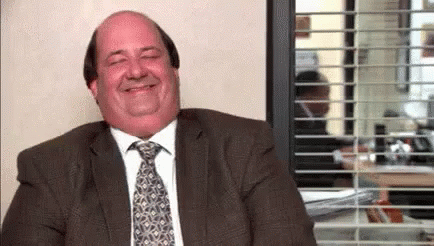TakingThePies
Club Legend
- Jul 11, 2020
- 1,612
- 2,596
- AFL Club
- Collingwood

Funniest part is... St Kilda is the worst at defending. It's a huge mistakeCan’t wait for Lyon to come back and introduce his defensive game plan. Those games between saints and syd were thrilling back in the day… Lyon is more defensive than bucks and that’s saying something








